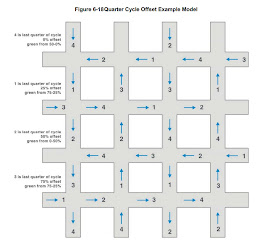I posted awhile back about DC's first efforts with Bike Sharing.


I don't recall where I stood on the issue exactly, but I don't think I was very positive because it seemed to be putting people that might not be very comfortable on a bike in difficult positions (riding in traffic without good information on routes, aka unfamiliar territory). The bikes originally seemed a bit clunky and the system seemed to be bailing wire and duct tape.
I had a chance to check out version 2.0 this week and with the upgraded pay stations, the real-time communication to the sensors that tell you where bike stations are and how many of the spots are full, the system is fully functional and as convenient as you can make it, where stations are provided.
I encountered this station outside of the USDOT headquarters building which is adjacent to the Navy Yard station of Metro. The station had a lot of bikes, enough to make rental bike retail locations out of business for all but the all day trips (the costs of rental at Capital Bike Share is expensive for trips longer than 2 hours).
Riding the bike around, I found the 3-speeds adequate for DC's flat terrain. The bikes aren't light but they are very comfortable and have all of the chain guards and other features that you would experience on a European bike.
For the casual rider, it is a great system to get you from A to B. In fact, they don't charge if you use the bike less than 30 minutes. There is a $5 24-hour charge for membership and that increases to $25 for a month and $75 for an annual pass. Very reasonable considering that you can take a bike to a station every 30 minutes and not pay a cent for rental. You have to be willing to check in the bikes.
I am very interested in the cost per trip and the comparison with transit, although that suggests that you could take away transit, which isn't practical.
As far as urban design elements, this isn't the nicest looking station. The bollards are there for the USDOT building and I am guessing are not actually tied to the bikesharing (I haven't confirmed that).
So, what can I say... I have changed my tune on bike sharing and believe it is something that should be more seriously considered then I otherwise believed. I can admit that I am a believer, pending the cost data.




































